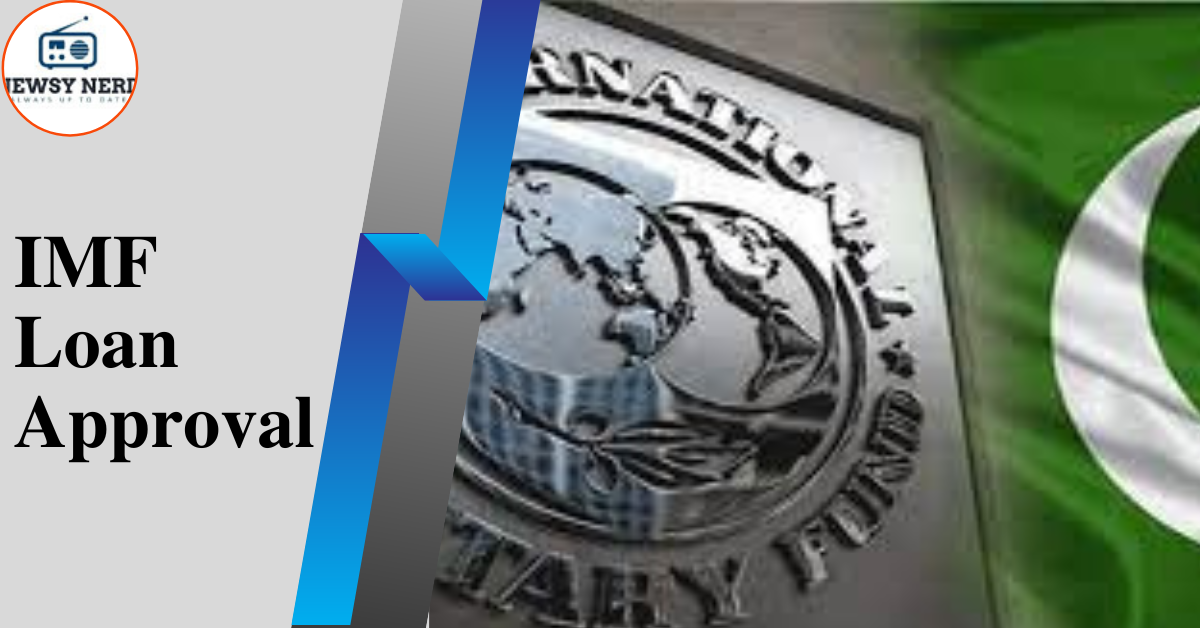Remittances from employees have increased significantly in Pakistan in recent times as a result of the country’s currency stabilization and a crackdown on exchange businesses. The State Bank of Pakistan has released data that shows that in December 2023, remittances totaled .4 billion. This amounts to a monthly growth of 5.4 percent and an annual rise of 13.4 percent. Furthermore, from July to December, the first half of the current fiscal year (FY24) saw .4 billion in worker remittances.
The International Monetary Fund (IMF) has authorized a 0 million loan tranche for Pakistan in tandem with these developments. The atm news and remittances must be checked regularly to stay aware of the latest trends and growth. When you are informed about the State Bank reports, you get a better idea of the impacts of each and every step on the economy of Pakistan.
Surge in Remittances – ATM News
The monthly and yearly growth rates of workers’ remittances in Pakistan demonstrate the persistent positive trend in the influx of funds from overseas Pakistanis. December 2023 saw a 5.4 percent monthly gain, indicating a steady month-over-month growth and a testament to Pakistanis living abroad sustained faith in and readiness to support their nation’s economy.
Additionally, the significant 13.4% annual growth from December 2022 to this date demonstrates the long-term optimism for Pakistan’s stability and prospects for economic expansion. The strong growth rates in Pakistan contribute to the country’s foreign exchange reserves and enhance the economic development and well-being of Pakistani households.
Factors Driving Remittance Growth
The government’s crackdown on exchange businesses and the stability of the Pakistani rupee have been key factors in the increase in remittances. Pakistanis living abroad are encouraged to send more money home when the currency is stable because they can count on a consistent value for their remitted funds. This atm news is an essential one considering the economic growth.
Furthermore, the exchange company crackdown has played a significant role in closing down illicit money transfer networks, creating a more secure and open remittance transaction environment.
Economic Impact
Significant negative effects of the remittance surge are being felt by Pakistan’s economy. Foreign exchange reserves, which aid in maintaining the value of the national currency, are supported by increased remittance inflows. The economy could advance and attract more investment if revenue rises.
Pakistan’s economy is significantly impacted by the increase in remittances. Foremost among the advantages is the strengthening of foreign exchange reserves. Pakistan’s foreign exchange reserves rise as more of its citizens living abroad send money home. This lessens the risk of currency fluctuations and helps to stabilize the foreign exchange market and the value of the country’s currency. Maintaining macroeconomic stability, luring investments, and fostering international trade all depend on a stable currency.
For a considerable percentage of Pakistani households, remittances are also an essential source of income. Receiving money from relatives living abroad raises household incomes right away, promoting consumption and improving standards of life can be that kind of atm news which directly impacts life. Families with higher incomes are able to participate in the economy and make investments in other necessities like housing, healthcare, and education. Localized firms gain from this enhanced purchasing power, which boosts the whole national economy.
Additionally, the influx of remittances can stimulate investment and advance economic expansion. More money means more resources for firms and individuals to invest in different areas of the economy, the type of atm news everyone wants to hear.
This may result in investments in infrastructure projects, the growth of already-existing firms, and the formation of new ones. Long-term sustainable economic growth is promoted by increased investment because it not only creates jobs but also increases productivity and competitiveness.
Significant economic ramifications result from Pakistan’s remittance boom. It supports household incomes, consumption, and living standards while fortifying foreign exchange reserves and stabilizing the national currency. Additionally, the additional monies put into the economy can stimulate investment and contribute to overall economic growth. In light of the significance of remittances, authorities must foster an atmosphere that optimizes the benefits of these inflows while guaranteeing their fair distribution to all societal groups.
IMF Loan Approval

IMF and Pakistan Partnership
Concurrent with the encouraging patterns in remittances, Pakistan has been granted a $700 million loan tranche by the International Monetary Fund (IMF). The goal of this funding support is to help the nation’s ongoing development initiatives and economic changes.
Purpose of the Loan
The approved IMF loan tranche is meant to help Pakistan’s reform strategy financially, encompassing structural reforms, fiscal reduction, and steps to improve economic stability. The money will support the government’s efforts to boost the economy and encourage sustainable growth by helping to overcome balance of payment issues.
The IMF’s approval of the loan tranche demonstrates its belief in Pakistan’s capacity to implement the necessary economic reforms. Pakistan’s cooperation with the IMF enhances its access to foreign financial assistance and promotes economic stability.
Benefits and Challenges
Pakistan may benefit from several factors from the approved loan tranche. Not only does it provide prompt financial support, but it also instills confidence in other foreign investors, perhaps attracting additional foreign investment. If you read daily news then you visit Newsynerd. Furthermore, the loan tranche might increase the country’s foreign exchange reserves, which would help to keep the exchange rate stable.
It’s crucial to understand that taking out a loan from an overseas financial institution carries some responsibilities. Pakistan needs to follow the reform agenda that has been agreed upon, which can include making structural changes and enacting austerity measures. In order to reduce any potential negative consequences on society’s most vulnerable groups, these policies can present difficulties and need to be managed carefully.
Increased financial inflows into Pakistan have been facilitated by the spike in worker remittances, which has been driven by currency stability and a crackdown on exchange businesses. Remittance growth is an indicator of Pakistanis living abroad faith in their country’s economic future.
Pakistan’s continuous reform agenda and economic development are further supported by the IMF’s acceptance of a $700 million loan tranche. Pakistan must make the most of these encouraging developments in order to advance sustainable economic growth, making sure that everyone in society benefits from higher remittances and foreign financial support.
 Newsy Nerd
Newsy Nerd

